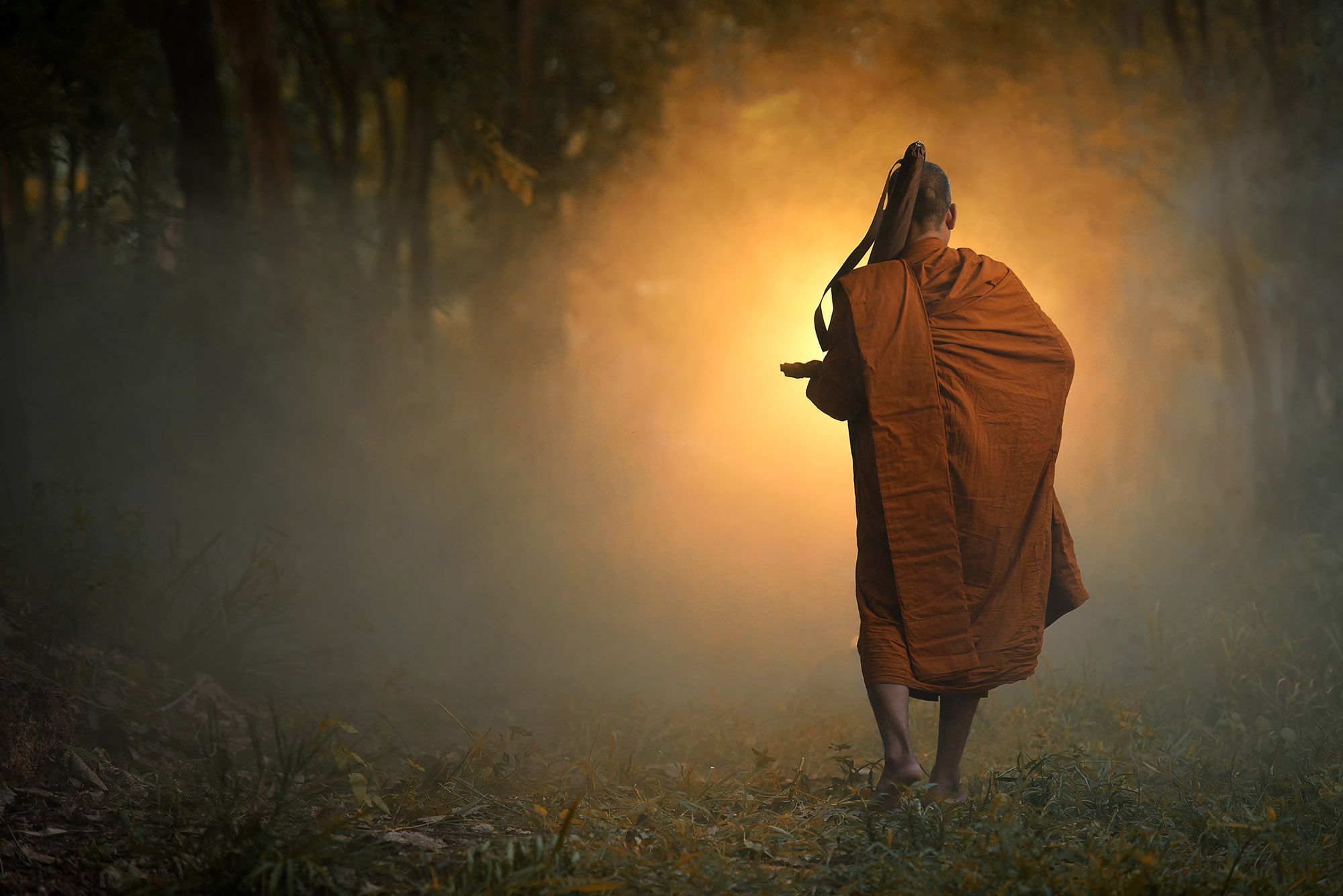Why Laos?
Discover what makes Laos unforgettable

Wander through the golden-spired temples of Luang Prabang, where saffron-robed monks move quietly between centuries-old stupas. Your guide shares the deep spiritual traditions behind these sacred sites, from Wat Xieng Thong’s intricate mosaics to the peaceful courtyards of lesser-known temples. With time to pause, reflect, and soak in the serene atmosphere, this is Laos at its most timeless.


Trek through lush jungle paths to the stunning turquoise pools of Kuang Si Falls, where cascading waters invite you in for a refreshing swim. Along the way, your guide helps you spot hidden forest wildlife and shares the legends behind this magical place. Visiting early or late in the day ensures you enjoy the waterfalls in their most peaceful, untouched state.


Drift along the mighty Mekong, where fishermen cast their nets and riverside villages go about their daily life. Your guide takes you to quiet, scenic stretches where you can watch the sunset paint the sky in fiery hues, away from the busier boat routes. Whether stopping at a local weaving village or enjoying a simple Lao coffee on the deck, this journey is about slowing down and savoring the moment.


Experience the peaceful rhythm of Luang Prabang’s dawn almsgiving, where long lines of barefoot monks collect offerings from locals in a centuries-old tradition. With a thoughtful guide, you’ll learn the meaning behind this ritual and how to participate respectfully. Witnessing this quiet act of devotion in the soft morning light is one of the most humbling and beautiful moments in Laos.
























